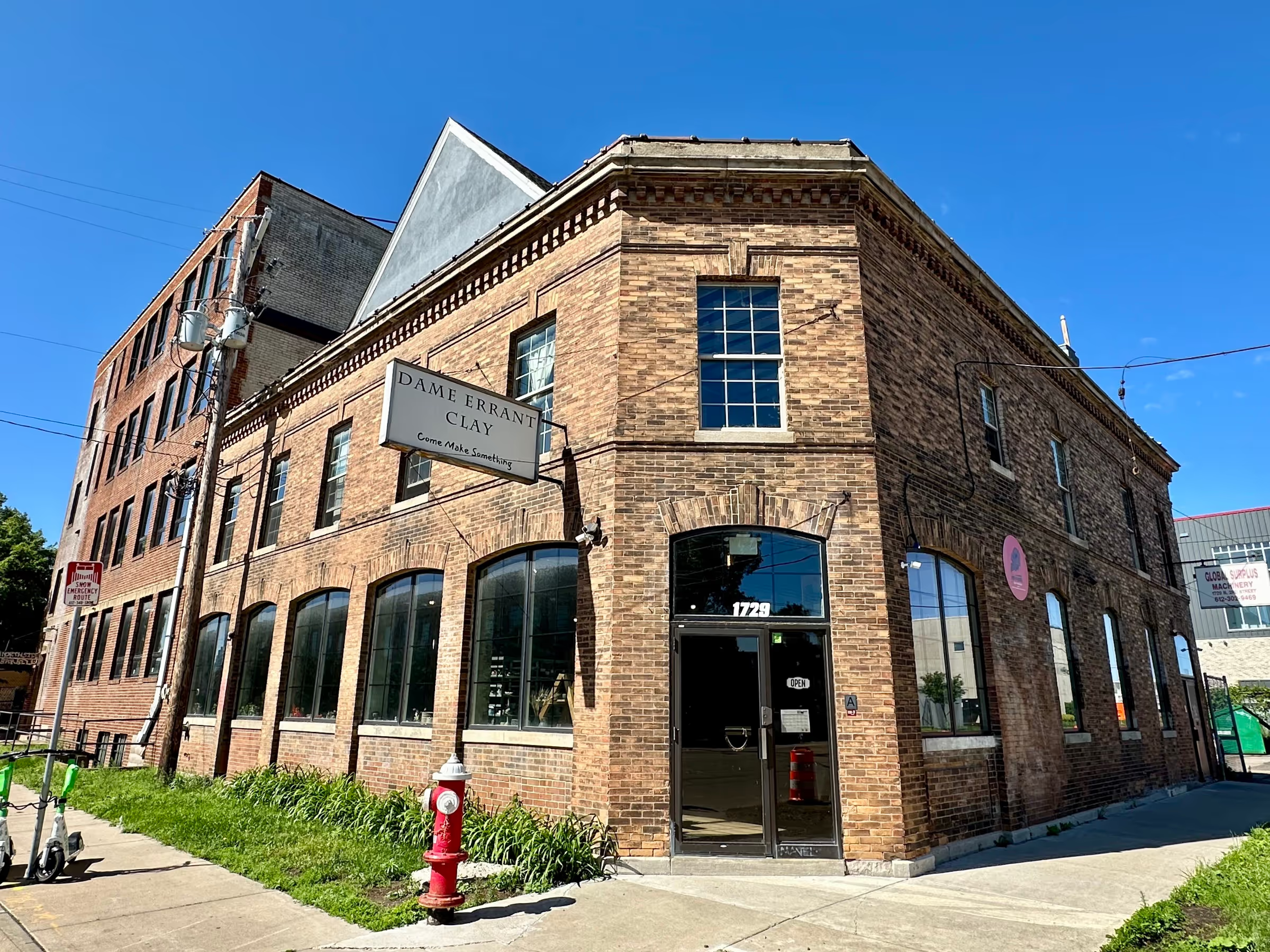Named for the flour mills that once lined the Mississippi River, Minneapolis’ Mill District has deep roots in the city’s history. First popping up in the early 19th century, these mills used the natural waterpower provided by the river, and Minneapolis quickly became the milling center of the upper Midwest. It only took a few more decades before the district became the largest producer of flour in the world, with corporate behemoths General Mills and Pillsbury contributing to the flour production. This trend continued until the 1930s, when fossil fuels replaced water power, forcing a significant decline in the milling business and shuttering the mills.
It took some time, but those once-mighty, then-abandoned mills came to life again in the late 1990s and early 2000s when the city of Minneapolis encouraged development along the neglected riverfront area. Today, the Mill District is a crossroads of yesterday’s past and today’s culture as historic buildings were converted into homes and offices, resulting in a vibrant residential and business population. Residents, workers and visitors to the area find many things to see and do in the Mill District, including the world-famous Guthrie Theater, the Mill City Farmers Market, the Milwaukee Depot, and the fortified ruins of the famed Washburn “A” Mill, which is a National Historic Landmark and home to the Mill City Museum.

.svg)
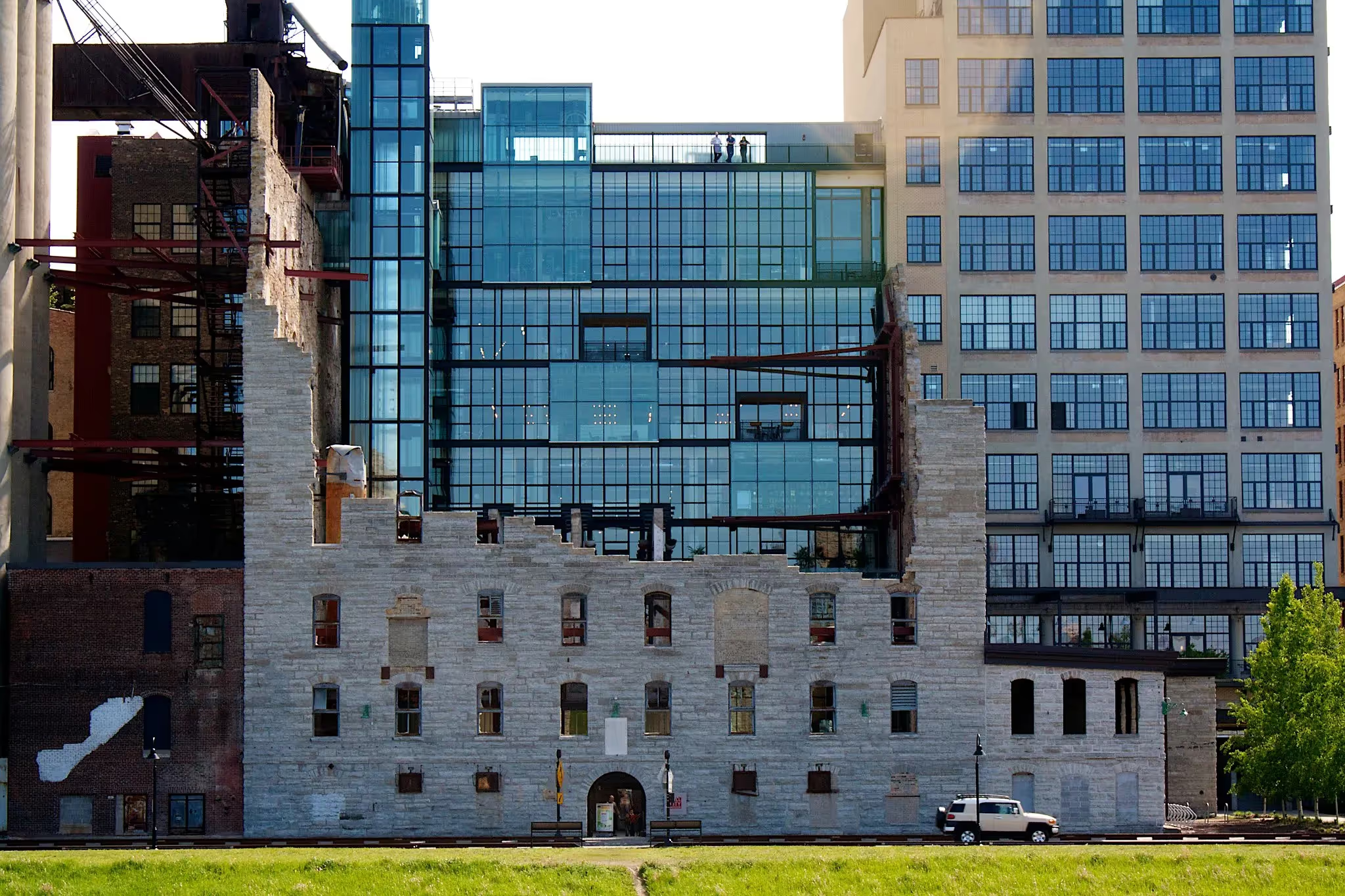
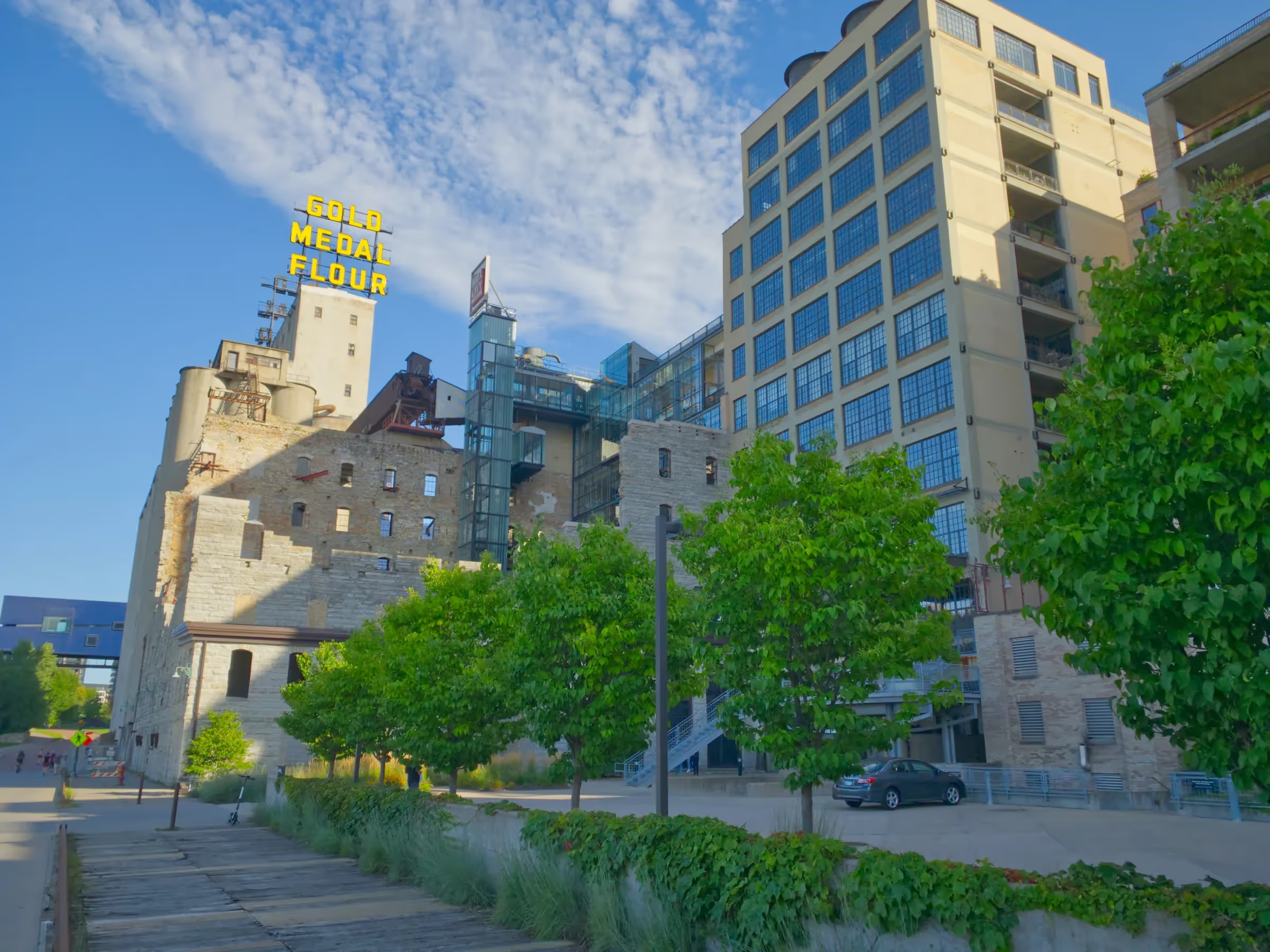

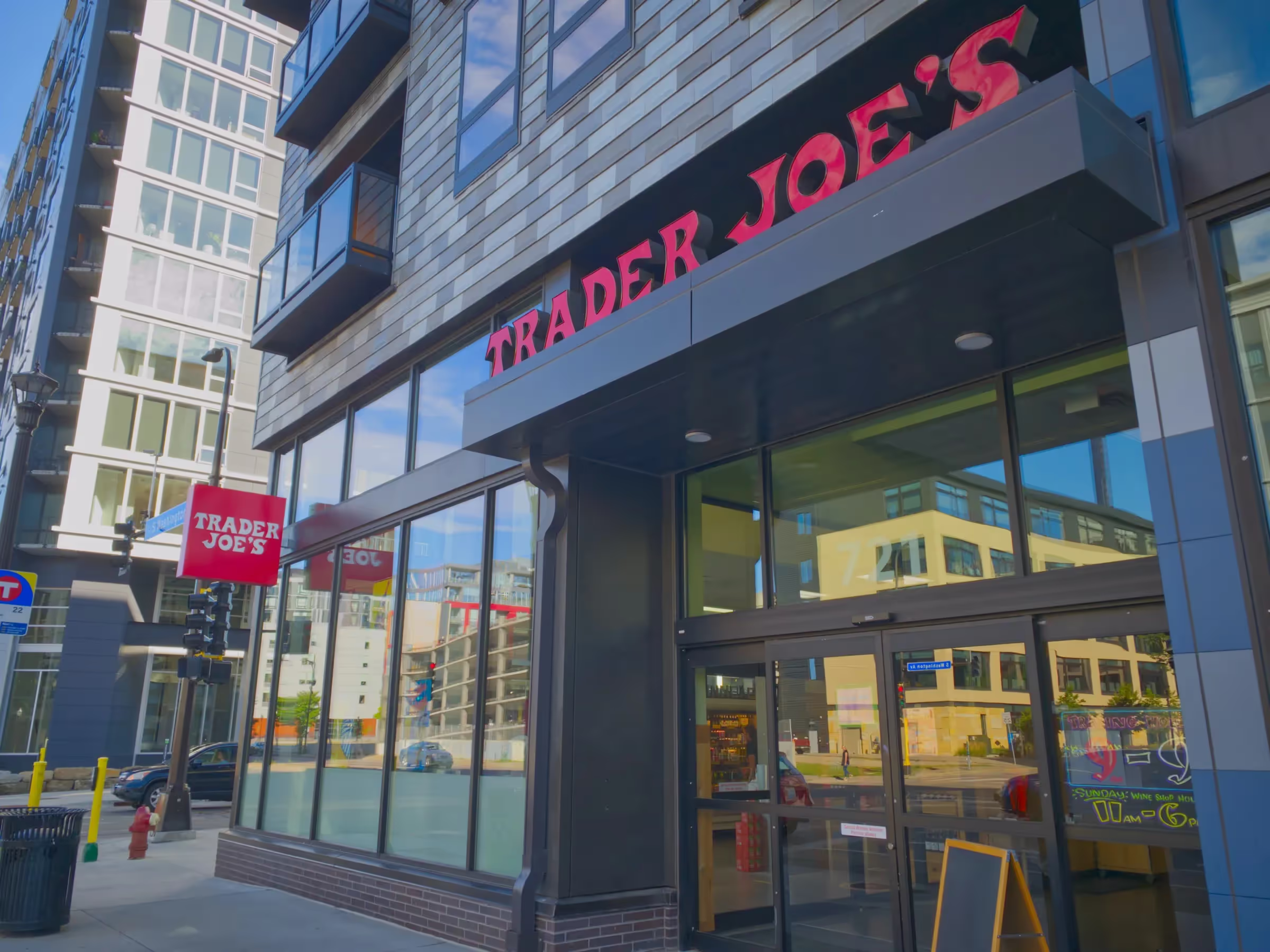
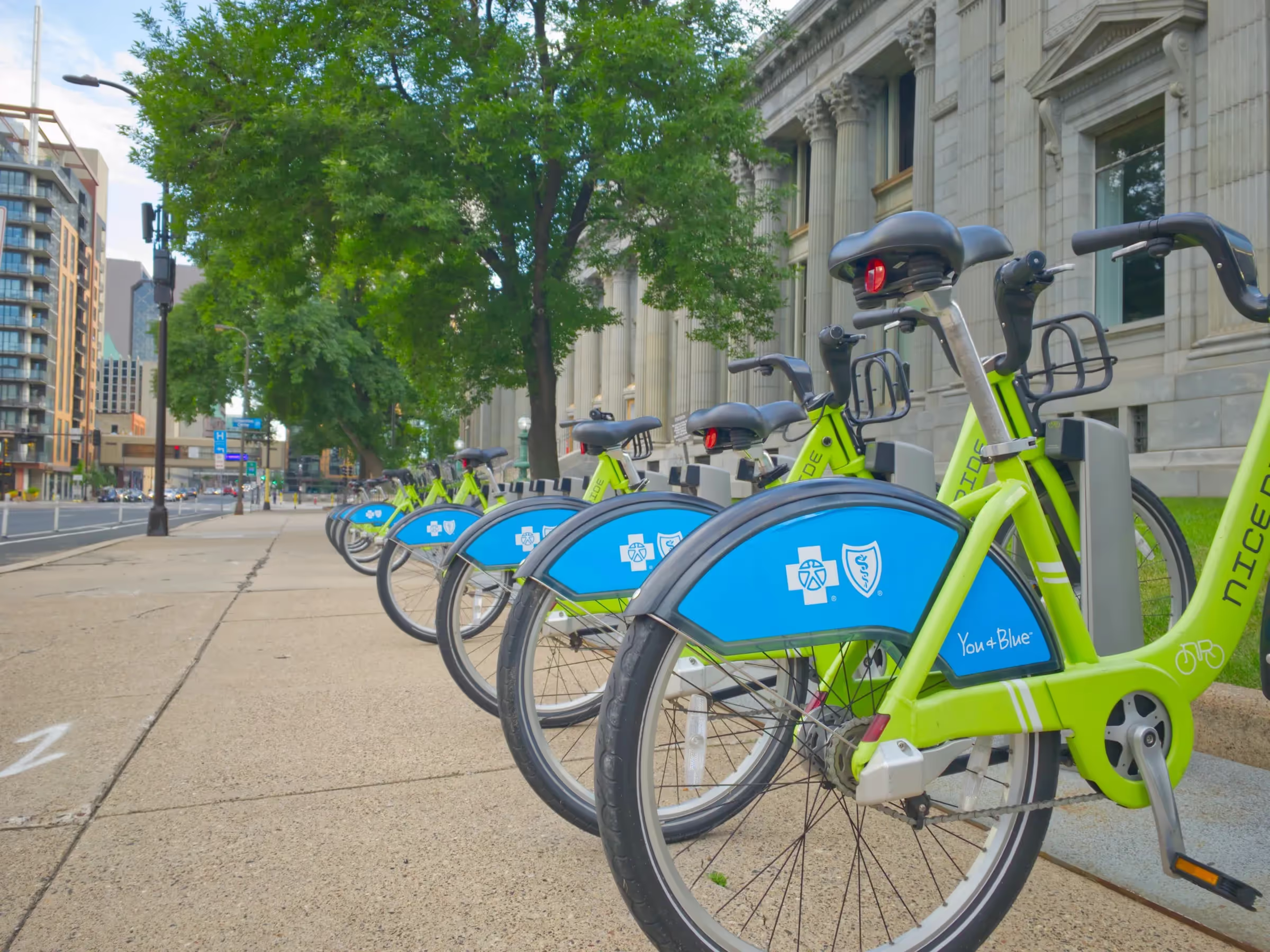
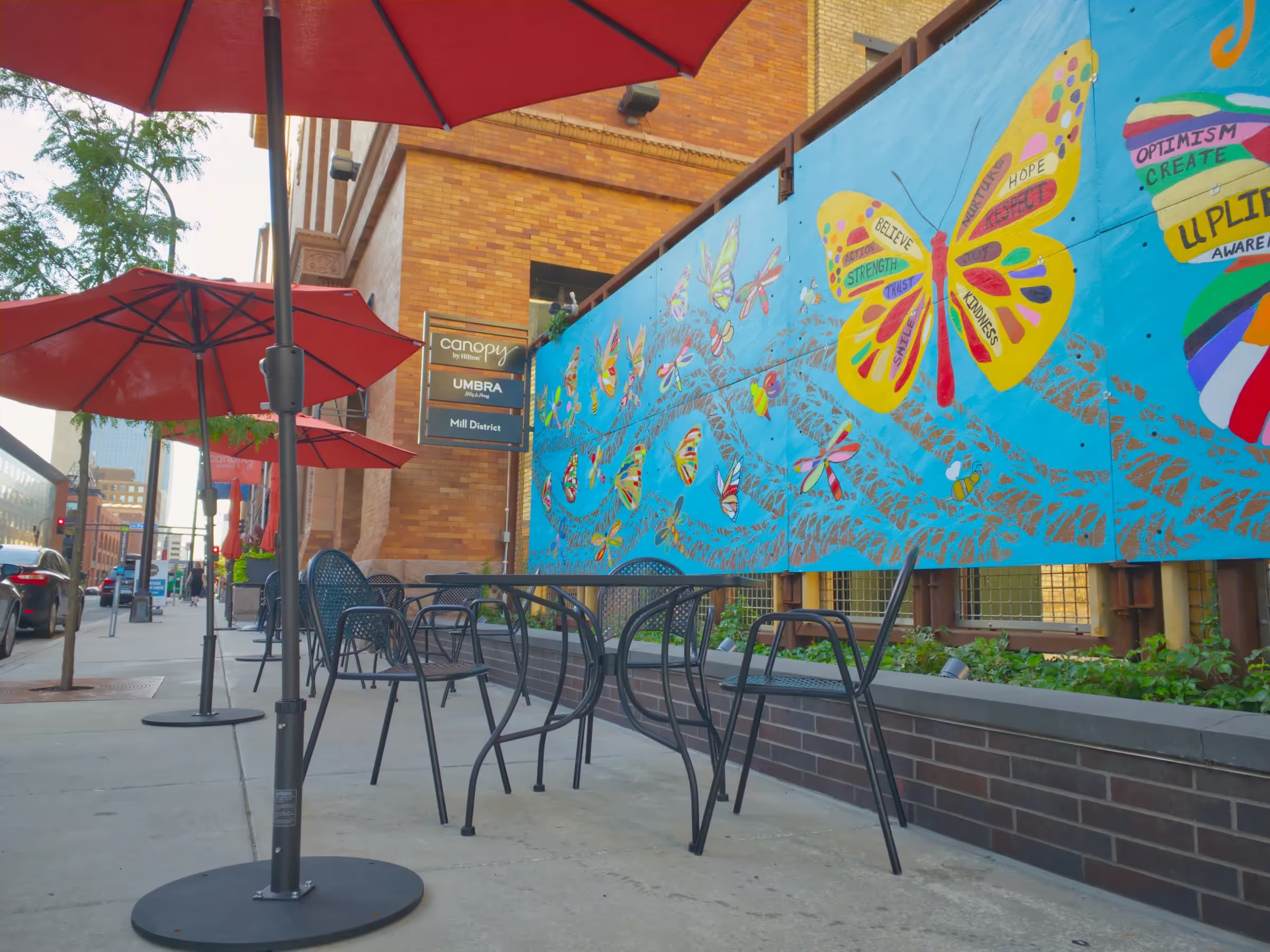
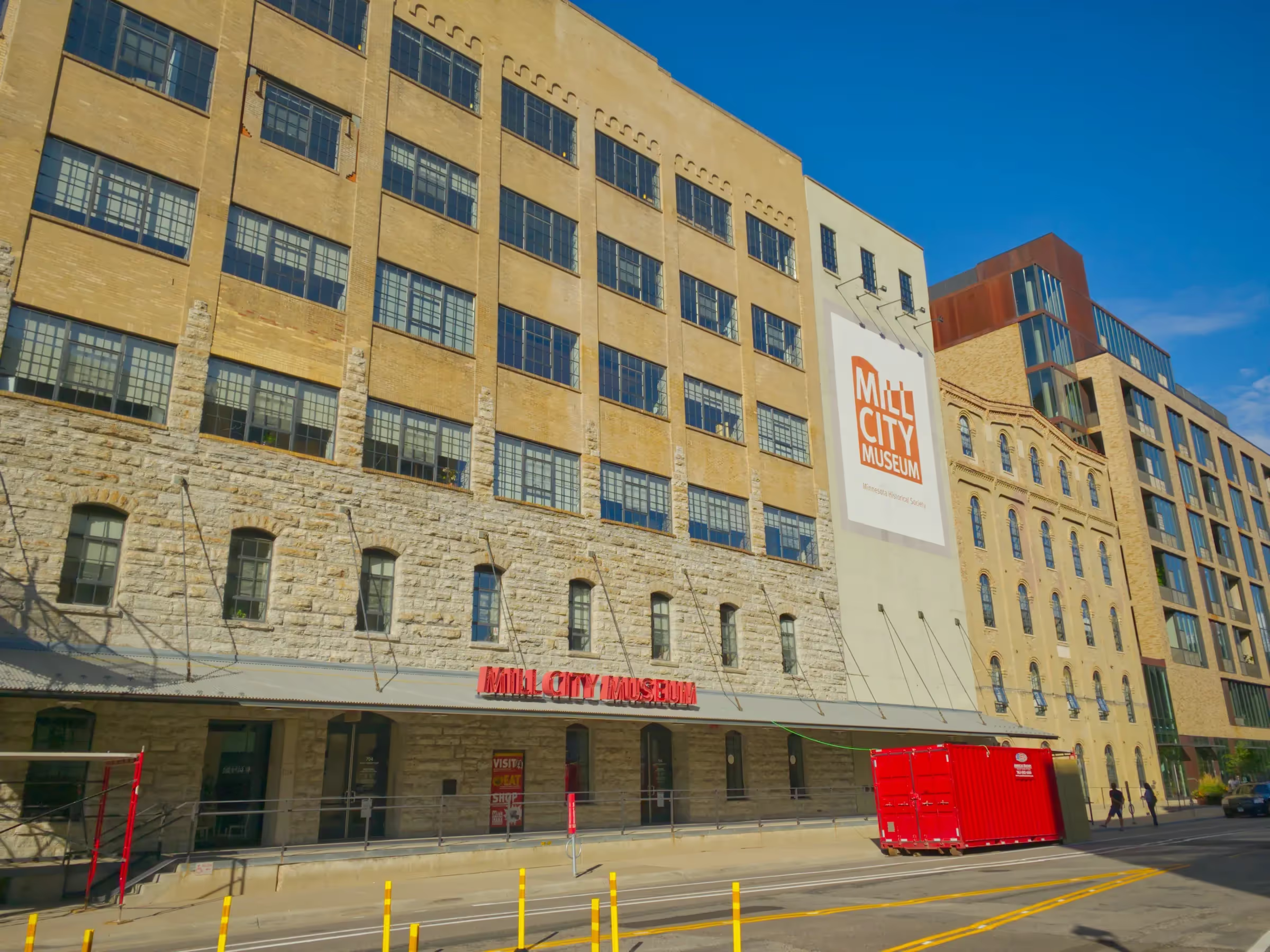
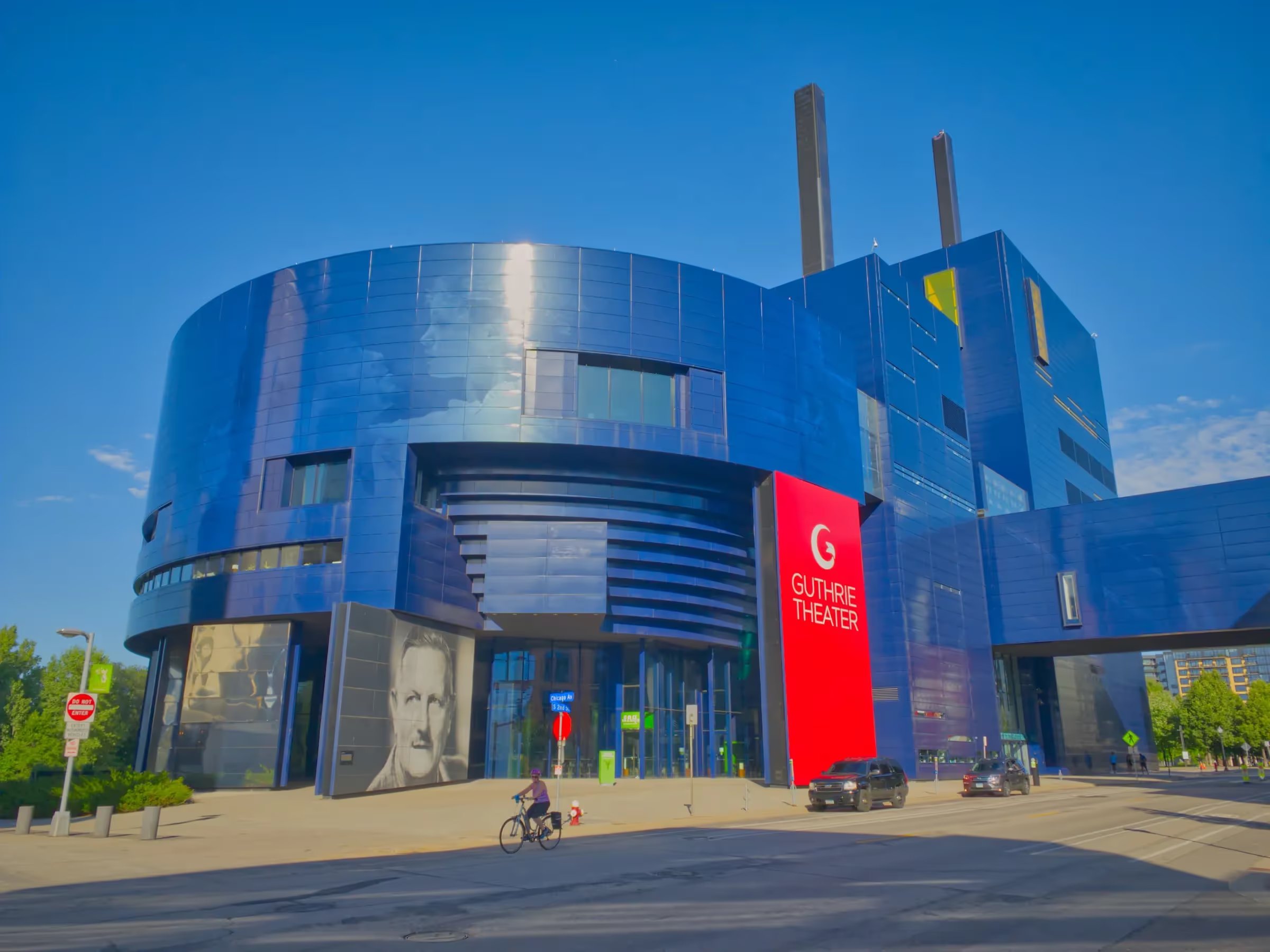
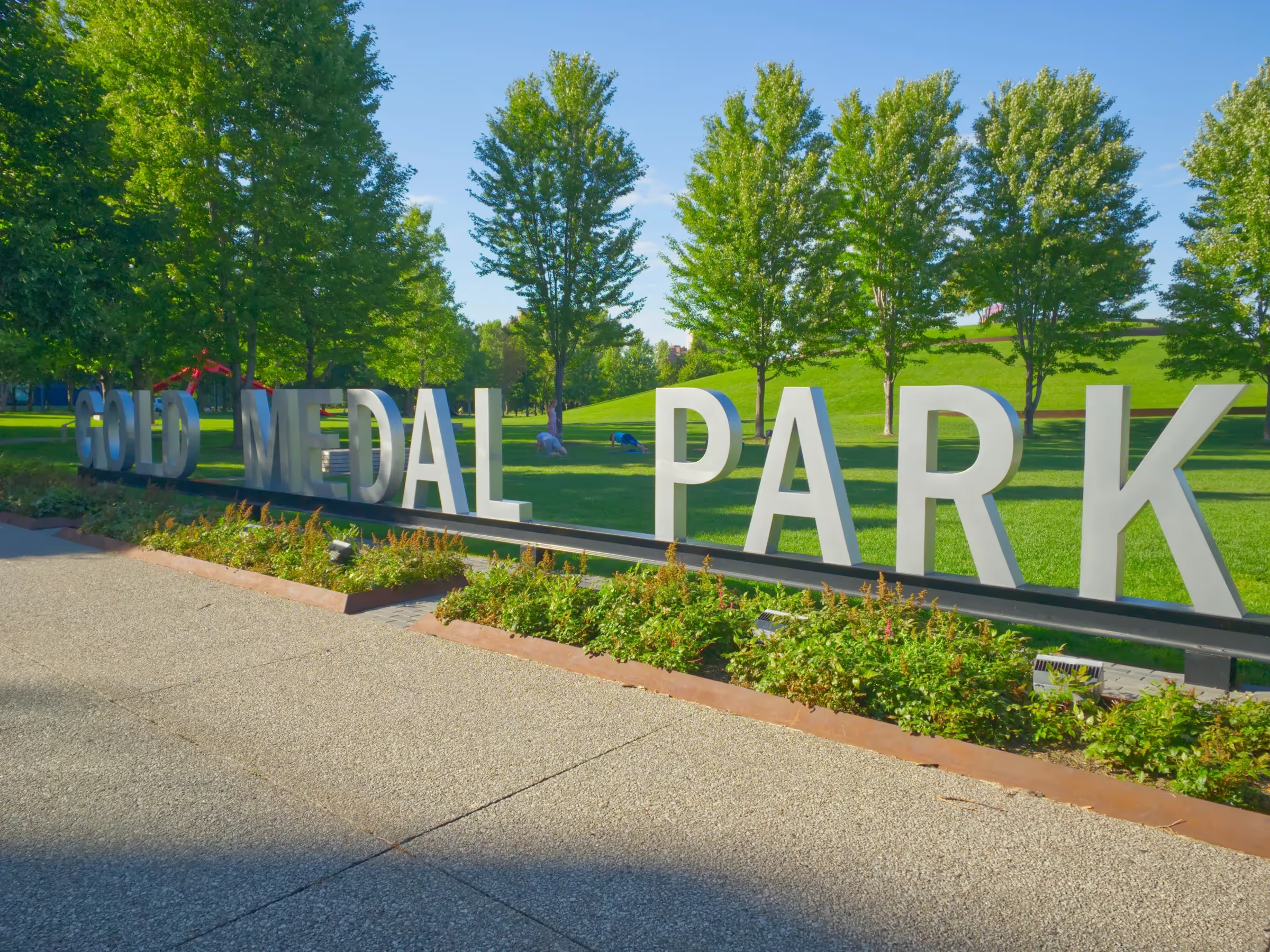
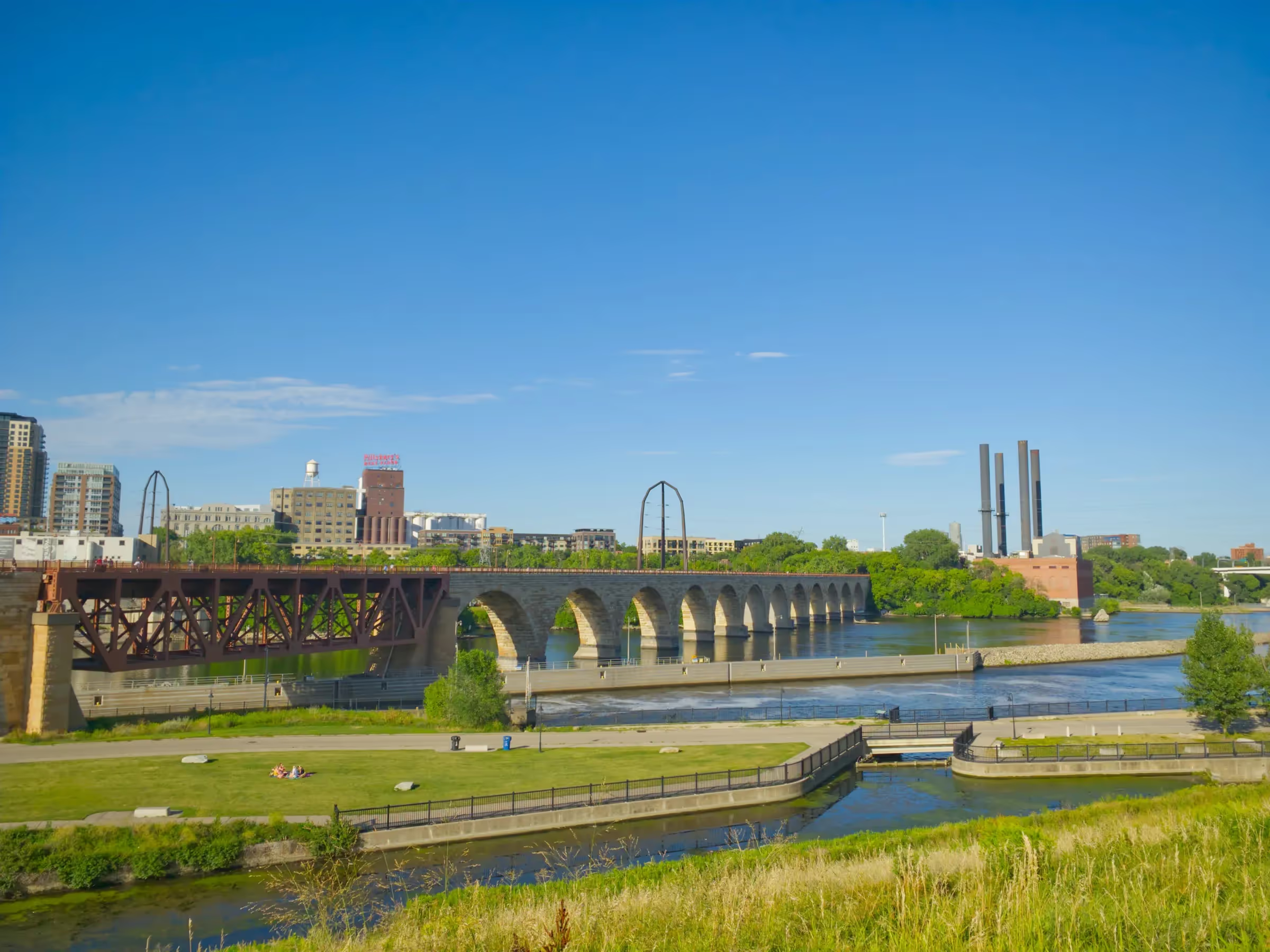
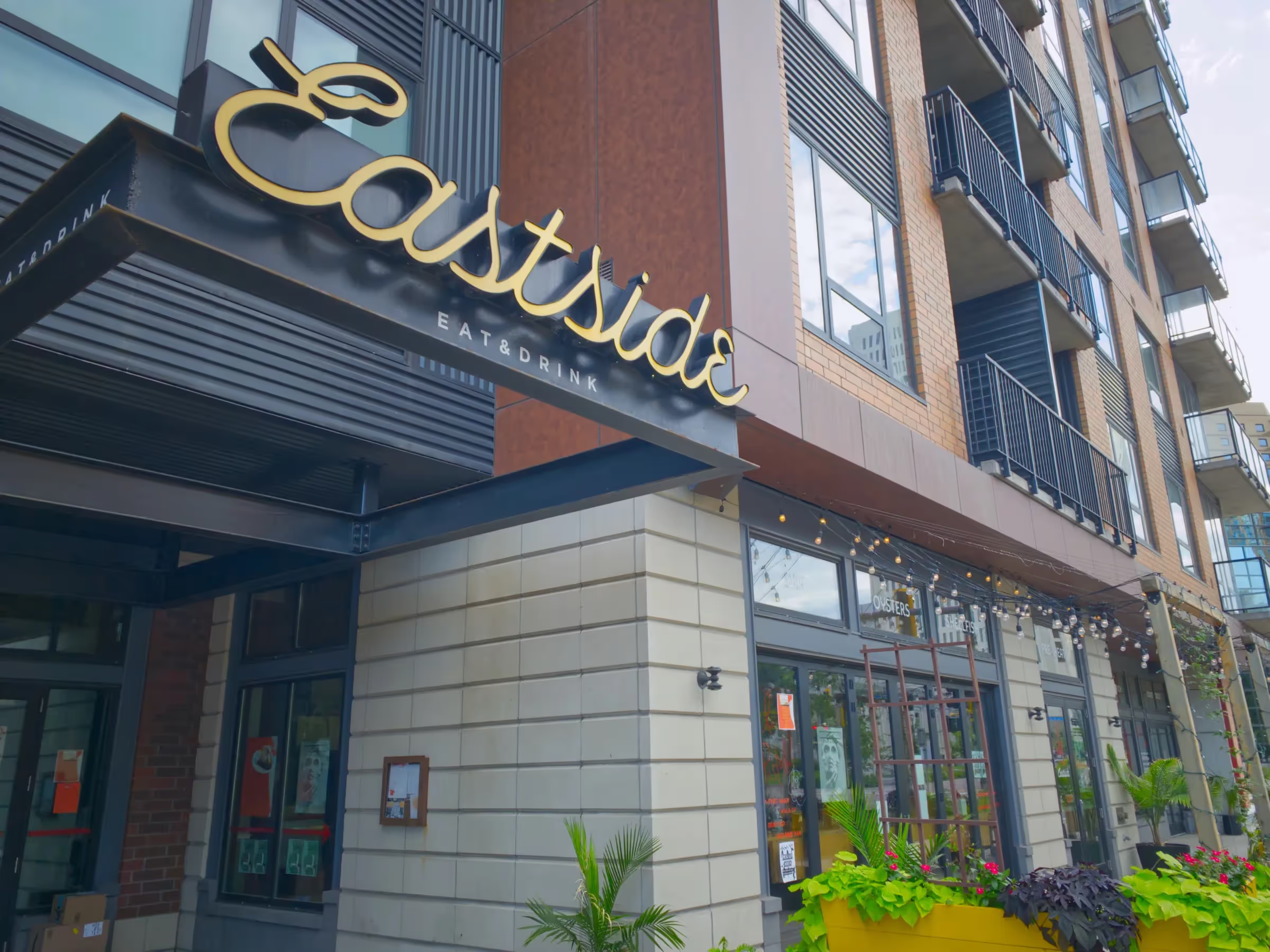







.avif)
